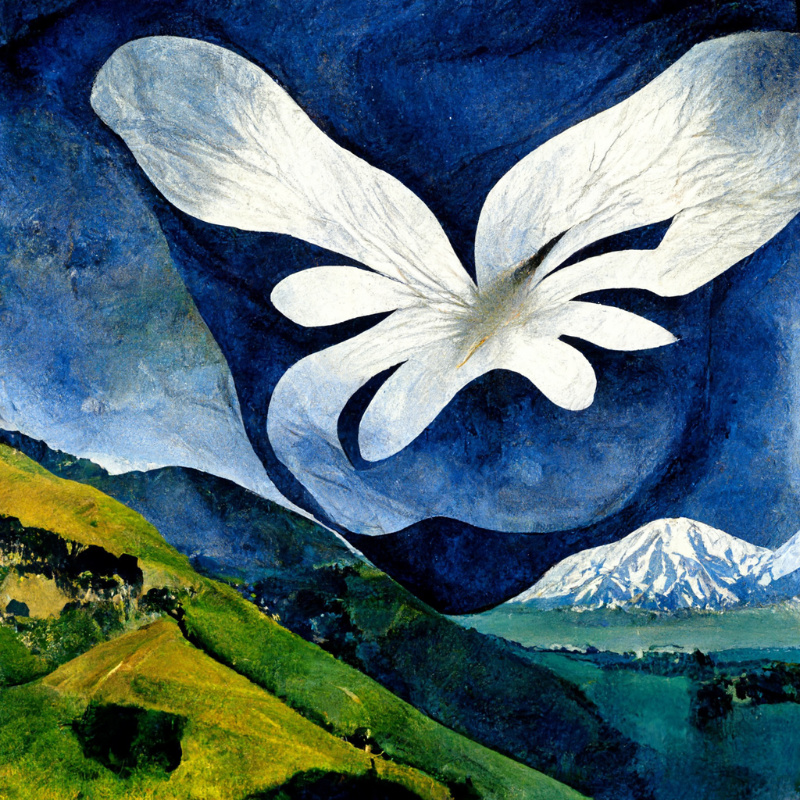Since 2020 I have been working closely with New Zealand On Air, the independent Crown agency that funds public media in Aotearoa. If you don’t know about NZ On Air, you probably should: over the past three decades it has distributed more than 5 billion dollars (2022 NZD), and as a system of supporting public interest content within commercial media, it’s hard to beat. Having written several reports for the agency over the past three years (good example of one here), I have a good understanding of its operations and the flexibility it brings above alternatives such as giving most of your public media funding to a single organisation (like the ABC in Australia). Most of the funding is contestable and decided on a project-by-project basis.
NZ On Air began life in 1989 as a way of supporting public interest content on TV and radio in an environment where the main government-owned channel TVNZ had gone commercial. The agency has since moved into funding content on digital platforms, and also has an important role in funding NZ music. Recent forays into kids, training, and journalism funding (including the Public Interest Journalism Fund) are important and useful explorations.
But everything is changing from next year. Jacinda Ardern’s government identified an opportunity to merge its two major media assets – TVNZ and Radio New Zealand – to form a public media entity for the digital age.
The entity, provisionally known as Aotearoa New Zealand Public Media (ANZPM), will receive additional funding (above current TVNZ/RNZ funding), and will be semi-commercial and subject to a charter. It’s due to kick off in March.
I can see and sympathise with the vision. The current system, where the government owns a commercial TV operator and a radio-based public broadcaster, is messy and heading for a fall. As linear TV audiences decline, TVNZ’s commercial revenue will dwindle and leave the government holding a loss-making business to no public benefit. RNZ has made digital progress but is struggling to reach younger audiences.
It terms of the opportunity, there is a chance here to do something big. ANZPM could be magnificent, a store of cultural value that stands in contrast to global digital platforms and their allegedly universal content. The idea of a nationally owned digital media platform in the public interest is very powerful.
But there are problems. In order to make ANZPM work, the government is taking money from NZ On Air and giving it to the new entity. That leaves NZ On Air with less than half the funding it previously distributed. On the face of it, that doesn’t matter, because the money is still going to public interest content. But that’s only on the face of it. There are indications such a big change to the content ecosystem may not serve industry and audiences well.
TVNZ is not at all keen, despite having to pretend that it is, and non-TVNZ commercial interests are vehemently opposed. Discovery, which owns Three and Newshub (my former newsroom), has pointed out that ANZPM will remain a commercial player and may have preferential access to locally produced content. That may create a commercial distortion.
The attempted creation of ANZPM is a fascinating development that deserves attention beyond New Zealand. Is it possible, in this era of global digital giants, to birth a national media platform? And how best to ensure funding continuity for independent public interest content? I have been working with NZ On Air to understand and seize the opportunities that come with such a massive change.
There’s every possibility New Zealand’s public media revolution blows up in the next few months. If the thing doesn’t get going on schedule, and is delayed beyond the NZ election – due before January 2024 – then a change of government will kill it. Despite being a big supporter of NZ On Air, I don’t think the demise of ANZPM would be a good thing. The world needs serious public media experiments.
If you like this article, why not subscribe to the Crawford Media newsletter and podcast? It’s free.

